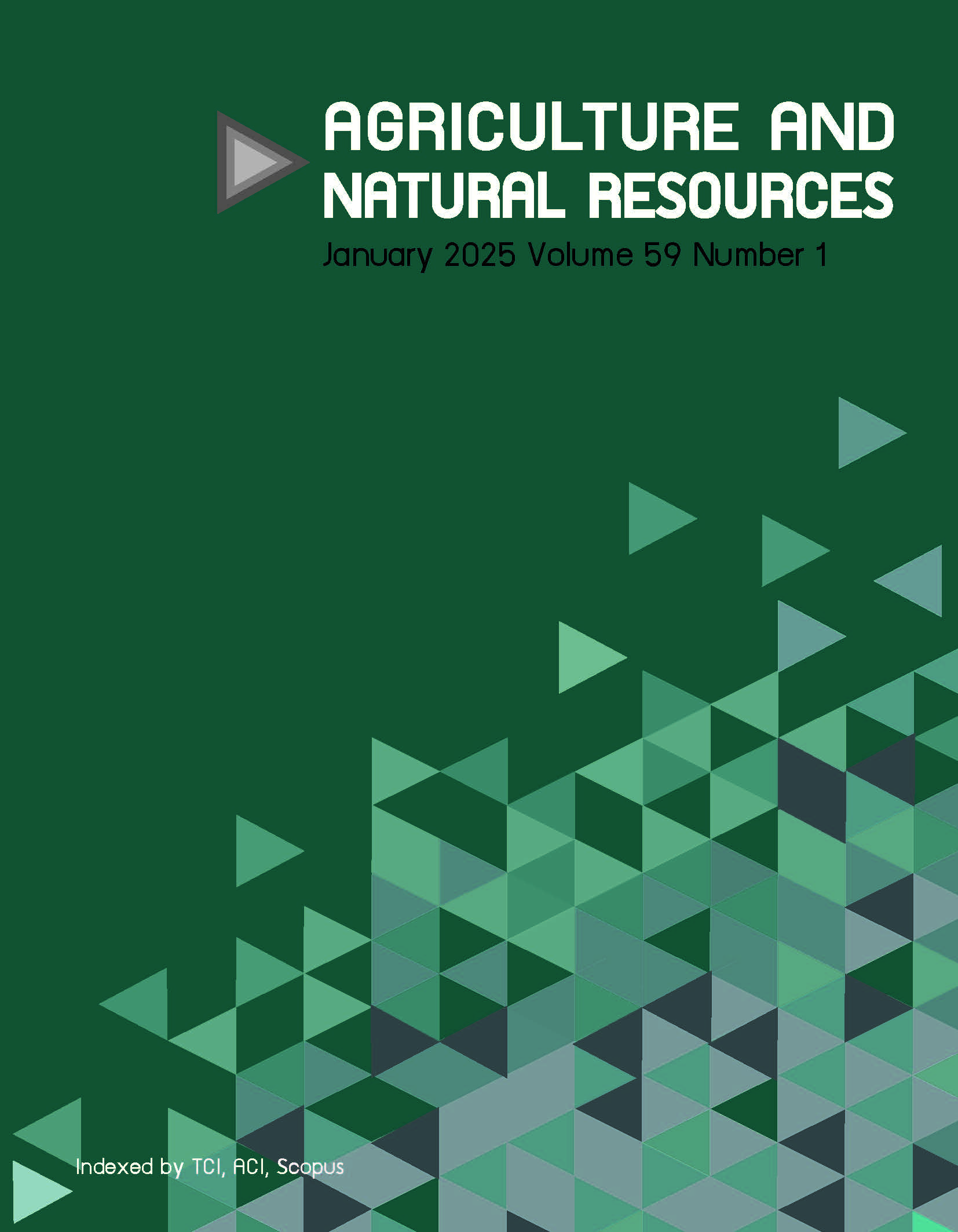Extending the shelf life of organic liquid fertilizer from food waste processing based on Masaro technology
Keywords:
Amino acid, Fatty acid, Food waste, Organic fertilizer, Photo-oxidationAbstract
Importance of the work: Food waste is an environmental issue in Indonesia that requires greater attention. One effort to address the problem is ‘Masaro’ (an abbreviation for “zero waste management” in Indonesian) technology, with its main product being organic liquid fertilizer. However, this fertilizer can experience pH escalation due to deterioration when it is oxidized. Therefore, a solution is needed to prolong its shelf life.
Objectives: To extend the shelf life of organic liquid fertilizer from food waste using Masaro technology.
Materials and Methods: Several types of food waste were chopped and then fermented in two stages to form a product. Variations were investigated in the organic waste type, the addition of phosphate buffer and the product storage conditions.
Results: The organic waste producing the highest pH (6-8) was mustard greens due to their carbohydrate content being the lowest. Phosphate buffer addition significantly maintained the pH levels at 3-4 for all food waste types, as well as enhancing the number of probiotic bacteria, reducing the presence of pathogenic bacteria and increasing the nutrient contents (amino acids and fatty acids) in the product. The optimal storage conditions for the liquid fertilizer produced were a temperature of 8-10°C without exposure to direct sunlight. On the other hand, high temperatures and greater light exposure expedited oxidation.
Main finding: The application of phosphate buffers, storage at low temperatures and no sunlight exposure significantly reduced fertilizer deterioration through oxidation. These findings should help to ensure the shelf life extension of organic liquid fertilizer to longer than 1 yr.
Downloads
Published
How to Cite
Issue
Section
License
Copyright (c) 2025 online 2452-316X print 2468-1458/Copyright © 2024. This is an open access article under the CC BY-NC-ND license (http://creativecommons.org/licenses/by-nc-nd/4.0/), production and hosting by Kasetsart University Research and Development Institute on behalf of Kasetsart University.online 2452-316X print 2468-1458/Copyright © 2022. This is an open access article under the CC BY-NC-ND license (http://creativecommons.org/licenses/by-nc-nd/4.0/),
production and hosting by Kasetsart University of Research and Development Institute on behalf of Kasetsart University.







